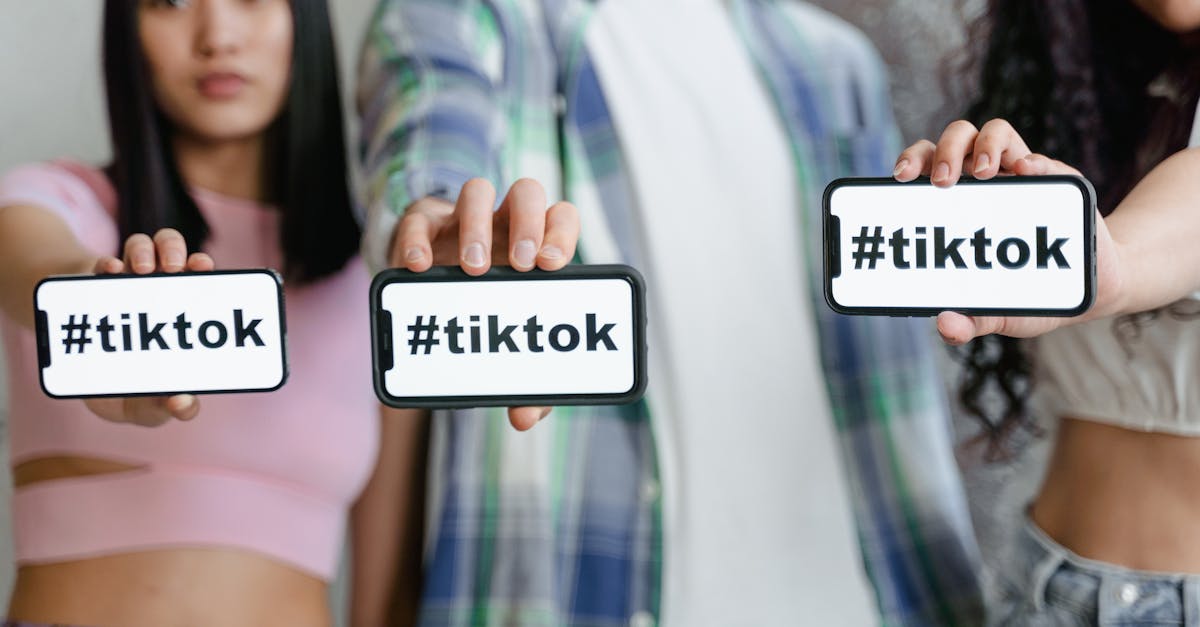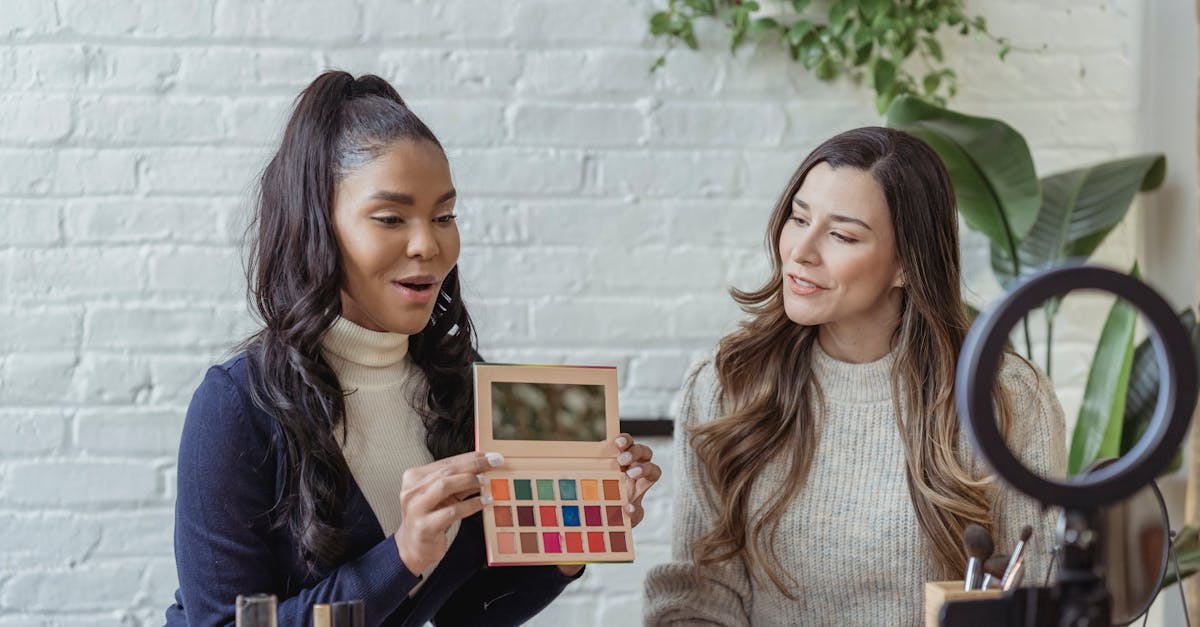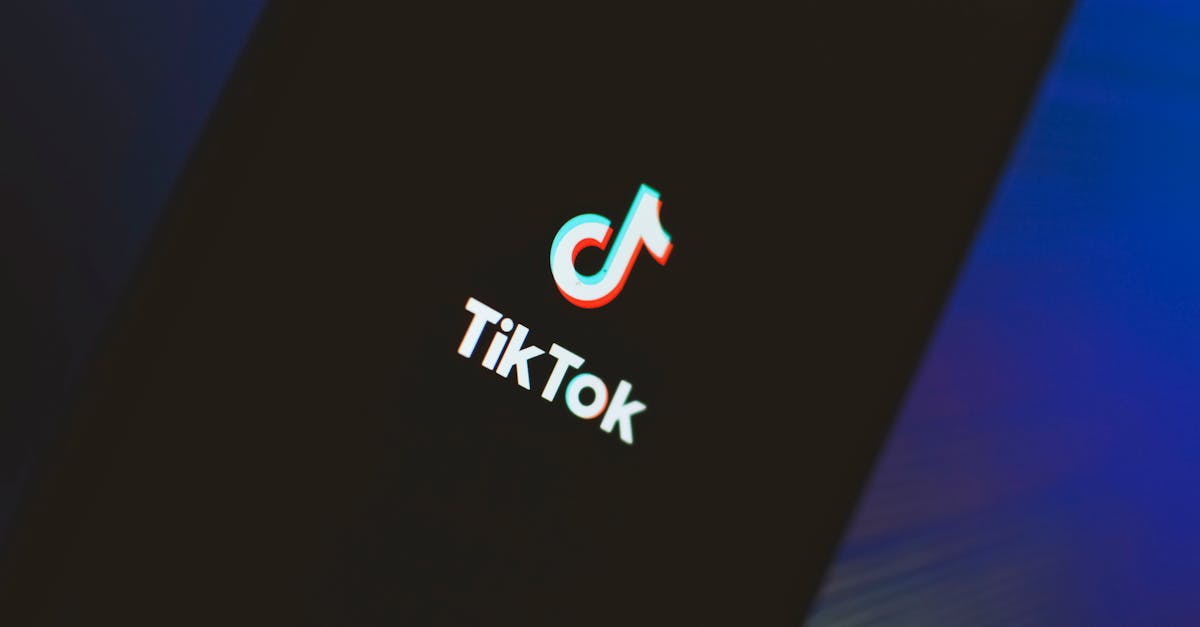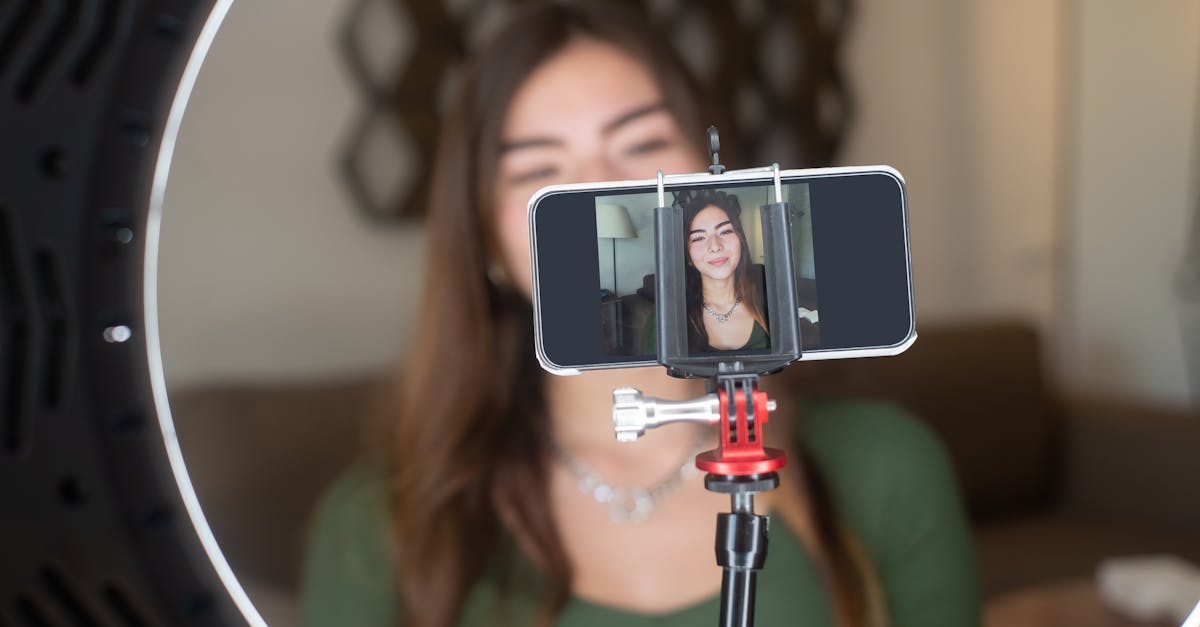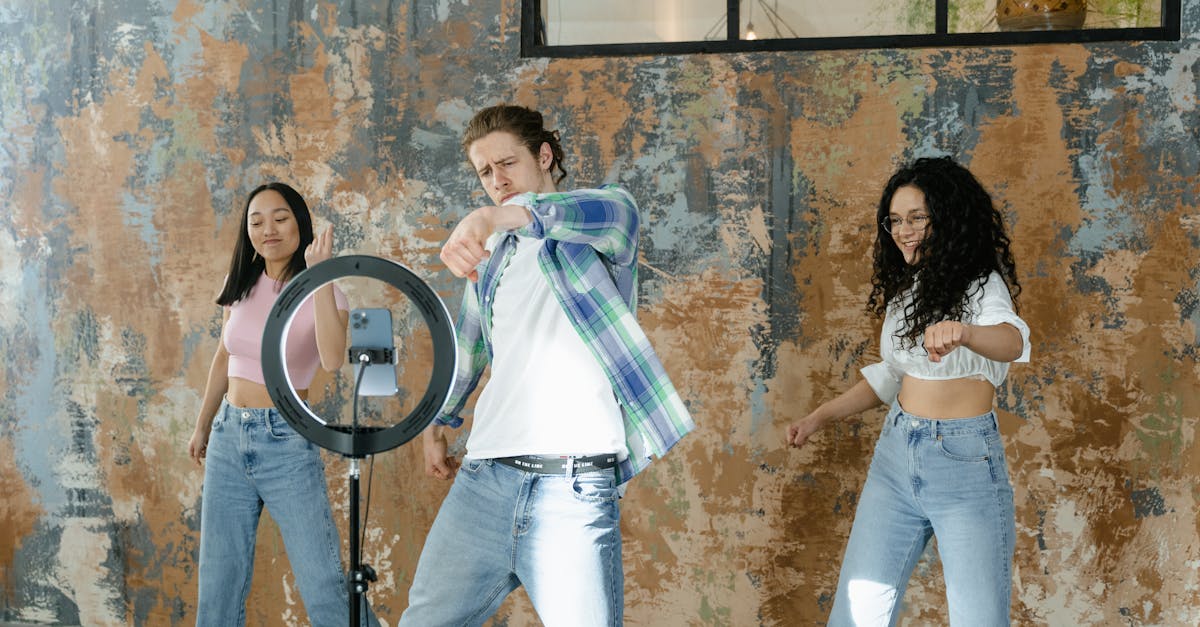Social Media and Modern Beauty Standards
Introduction
In today’s digital age, beauty standards have evolved into dynamic and accessible concepts largely influenced by social media platforms. Platforms such as Instagram, TikTok, and YouTube attract millions of users who are bombarded with images and videos dictating the 'ideal' appearance. While these sites offer diversity and representation, they also perpetuate narrow beauty ideals often unattainable for the average person. This pressure to meet ever-changing standards can affect self-perception and mental health. With influencers and content creators playing prominent roles, there is a distinct shift in how beauty is perceived and attained. But what exactly are the implications of social media on our perceptions of beauty?
Advertisement
The Evolution of Beauty Standards
For centuries, beauty benchmarks have changed with time. Historically, these ideals were influenced by cultural norms, art, and literature. However, with the advent of social media, beauty standards are no longer confined to specific cultures or regions. The likes of curated feeds and trend-driven content have created a global norm, often favoring features like flawless skin, slim figures, and high cheekbones. While regional differences persist, social media amalgamates these into an aspirational, often unrealistic global beauty standard. Such shifts indicate a hybrid expectation where individuals seek validation both online and offline.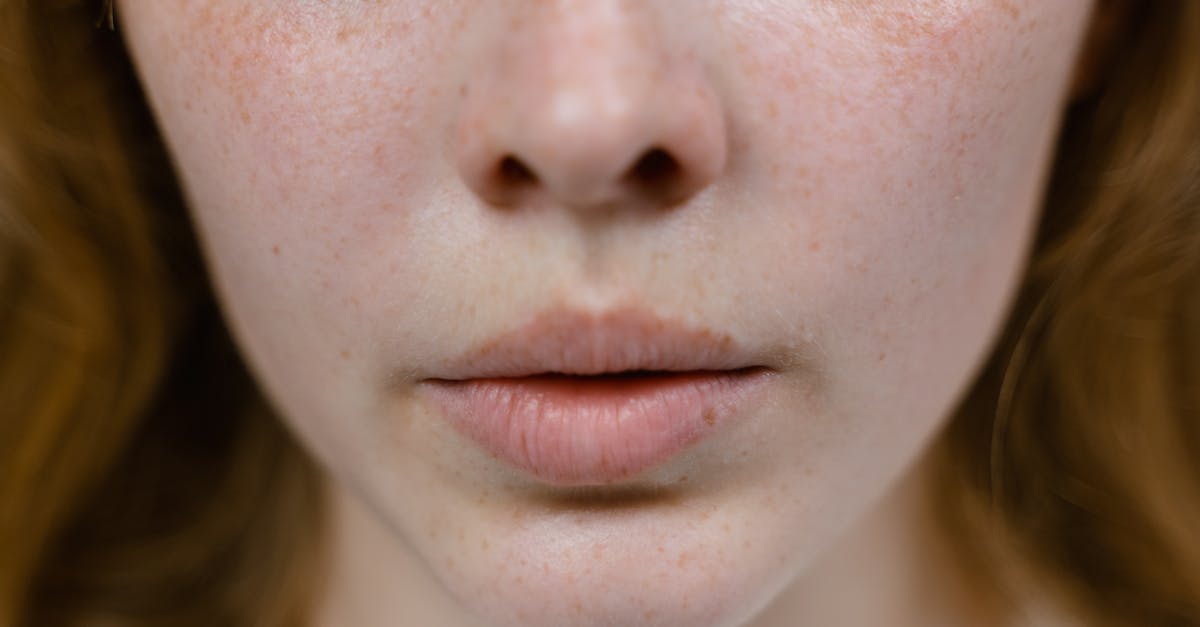
Advertisement
The Role of Influencers and Celebrities
Influencers and celebrities have a substantial impact on driving beauty standards across social media. With sizeable followings and persuasive presence, they shape the narrative of what is considered beautiful. Platforms allow these figures to display idealized versions of themselves, often portraying edited images that do not reflect reality. Alleged 'beauty filters' contribute to a facade that challenges authenticity. As individuals strive to emulate this superficial standard, they often disregard their personal beauty. The influence of celebrities and influencers leads to a transformation where the focus shifts from intrinsic qualities to external validation.
Advertisement
Body Image and Mental Health Impacts
Social media's portrayal of beauty frequently results in body image concerns and potential mental health issues. Constant exposure to airbrushed and filtered images can lead to feelings of inadequacy and dissatisfaction among users. Studies suggest a correlation between high social media usage and increased levels of anxiety and depression. This phenomenon is prominent among teenagers and young adults who are more impressionable. Fortunately, movements promoting body positivity and self-acceptance push back against these trends, encouraging individuals to appreciate their uniqueness and resist conforming to social media algorithms' beauty ideals.
Advertisement
Representation and Diversity in Beauty
Despite its challenges, social media can be a powerful tool for promoting diverse beauty standards. There has been a significant push toward representation, with many creators emphasizing inclusivity in terms of race, body type, and gender. By sharing their unique stories and experiences, these influencers redefine traditional beauty paradigms. Hashtags like #bodypositivity and #nomakeup serve as platforms for education and awareness, breaking down stereotypes and fostering acceptance. Representation is crucial in empowering those who have historically been marginalized, providing them with a voice to challenge pervasive biases.
Advertisement
The Commercialization of Beauty
With evolving standards, the beauty industry has leveraged social media to commercialize beauty on a large scale. Brands partner with influencers to promote beauty products that promise transformations into the 'ideal' look. Sponsored content blurs the lines between genuine recommendations and marketing strategies, inadvertently portraying consumerism as the path to beauty. As brands increasingly target social-media-driven concepts, there is a growing scrutiny regarding authenticity and quality versus unrealistic promises. Some brands are now redirecting efforts to embrace genuine diversity, crafting marketing campaigns that reflect the true essence of beauty.
Advertisement
Monetization of Beauty Content
Beauty content is one of the most consumed genres on social media, leading to its monetization. Influencers and brands capitalize on sponsored posts, affiliate marketing, and product endorsements. While this opens avenues for careers, it also skews perceptions of genuine beauty versus fabricated personas. Viewers may feel pressured to purchase featured products, believing it will align them with aspirational standards. It highlights a dichotomy where social media users must navigate content as both consumers and critical evaluators. Thus, discernment becomes paramount to ensuring conscious consumption of beauty-related media.
Advertisement
The Rise of Beauty Challenges and Trends
Beauty trends and challenges on social media have emerged as a crucial part of the platform's dynamic. These trends can range from new makeup techniques to viral challenges like the "#NoMakeupChallenge" or "10-Year Challenge." While they can offer a sense of community and creativity, they might also instill competitiveness based on appearance. The ephemeral nature of trends can lead to a constant pursuit of novel beauty standards. Participants in these challenges seek acceptance, validation, and social currency while engaging with aesthetics rooted in temporary popularity.
Advertisement
How Social Media Reshapes Beauty Perception
Social media revolutionizes our understanding and engagement with beauty. With the rise of interactive content, users have the opportunity to provide feedback, challenge beauty norms, and promote diverse perspectives. Features like stories allow for transient, authentic glimpses into creators’ lives, offering a stark contrast to the polished versions favored in newsfeeds. Initiatives for celebrating personal stories, self-love, and diverse beauty journeys foster a culture that is slowly moving toward accepting imperfections. However, the continuous juggling of personal authenticity and audience expectation remains a challenge in the volatile realm of digital beauty.
Advertisement
Conclusion
Social media’s influence on beauty standards is multifaceted, affecting how individuals perceive themselves and others. While it reinforces certain negative connotations of beauty, it also offers the potential for positive change through representation and inclusivity. As society becomes more aware of these dynamics, individuals can strike a balance between enjoying beauty content and maintaining mental well-being. Critical examination and conscious consumption are essential in navigating these digital spaces. Ultimately, beauty transcends beyond what is portrayed on screens—it's about recognizing and celebrating diversity in every form.
Advertisement
